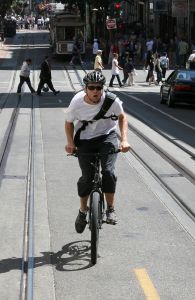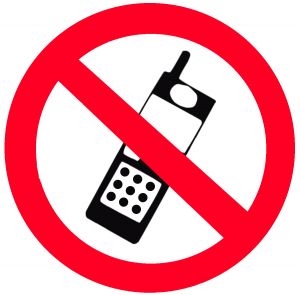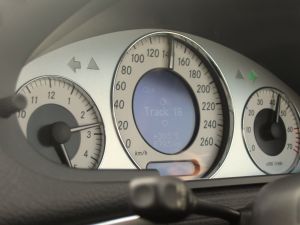Solar glare is believed to have played a role in a South End car accident involving a white sedan and a cyclist on the corner of Tremont and Arlington late last week, the Boston Globe reports. The 74-year-old cyclist was killed, his death marking at least the third fatal Boston bicycle accident in the area in two years.
Our Boston personal injury lawyers remind motorists that cyclists enjoy the same rights to the road. Boston has been named one of the best cities for cycling in America. Every bike on the road is one fewer vehicle at rush-hour. Please treat them with the care and respect they deserve.

According to the article, a 2009 survey by the Boston director of bicycle programs found that since 2005 roughly 375 cyclists a year report being involved in a bicycle accident on Boston streets. Of those, 37 percent involved a bike and a motor vehicle.
With that said, a Jan. 27 Boston Globe article reports that while Boston has a “historic standing” among the nation’s least-friendly places to ride, an aggressive effort in 2010 to amend that perception led to the installation of 20 miles of bike lanes around Boston last year alone.
Since Mayor Thomas Menino brought on Nicole Freedman – a former Olympic cyclists and current urban planner – in 2007 to establish Boston Bikes (a city-wide initiative to make Boston streets safer and more accessible to cyclists), there are now 35 miles of bike lanes sharing city roads. In addition to adding bike lanes, there are now more than 1,600 hitch racks located throughout the city. Boston has also sponsored numerous community programs to encourage bicycling as a public health, traffic safety, pro-environmental initiative.
According to the Massachusetts Office of Public Safety and Security, 27 cyclists were killed in bicycle-related Massachusetts car accidents between 2006 and 2008. In an effort to make city streets safer for both motorists and cyclists and to raise public awareness regarding the issue of bike safety, the City of Cambridge and the Massachusetts Department of Public Health offer a few tips for riders and drivers:
FOR CYCLISTS:
~ You have a legal right to be on the road so steer clear of car door thresholds and don’t squeeze between lanes of traffic. Ride with the flow of traffic. Don’t weave and dodge. Unpredictable behavior only increases your risk of accident.
~ Follow traffic signals. Meaning: red means stop (not just for cars but for you too). Give pedestrians the right-of-way when entering a crosswalk.
~ Be visible! Use lights when riding in the dark and reflective or bright-colored clothing during daytime and dusk.
~ Perhaps most important – protect your noggin. Always wear a helmet. It might save your life.
FOR MOTORISTS:
~ Cars and bikes aren’t in competition for road space, so share. If you grow frustrated because a cyclist is slowing you down, remember: more bikes means fewer cars. Fewer cars mean less traffic congestion.
~ Give bicyclists some room. Use your signals, not your horn. Exhibit street courtesy and look around before doing something unexpected, like opening your car door.
~ Remember, bikes can mix with traffic and legally ride on the road. Cars, not so much. Motor vehicles must steer clear of bike lanes.
Continue reading
 Boston Personal Injury Attorney Blog
Boston Personal Injury Attorney Blog







